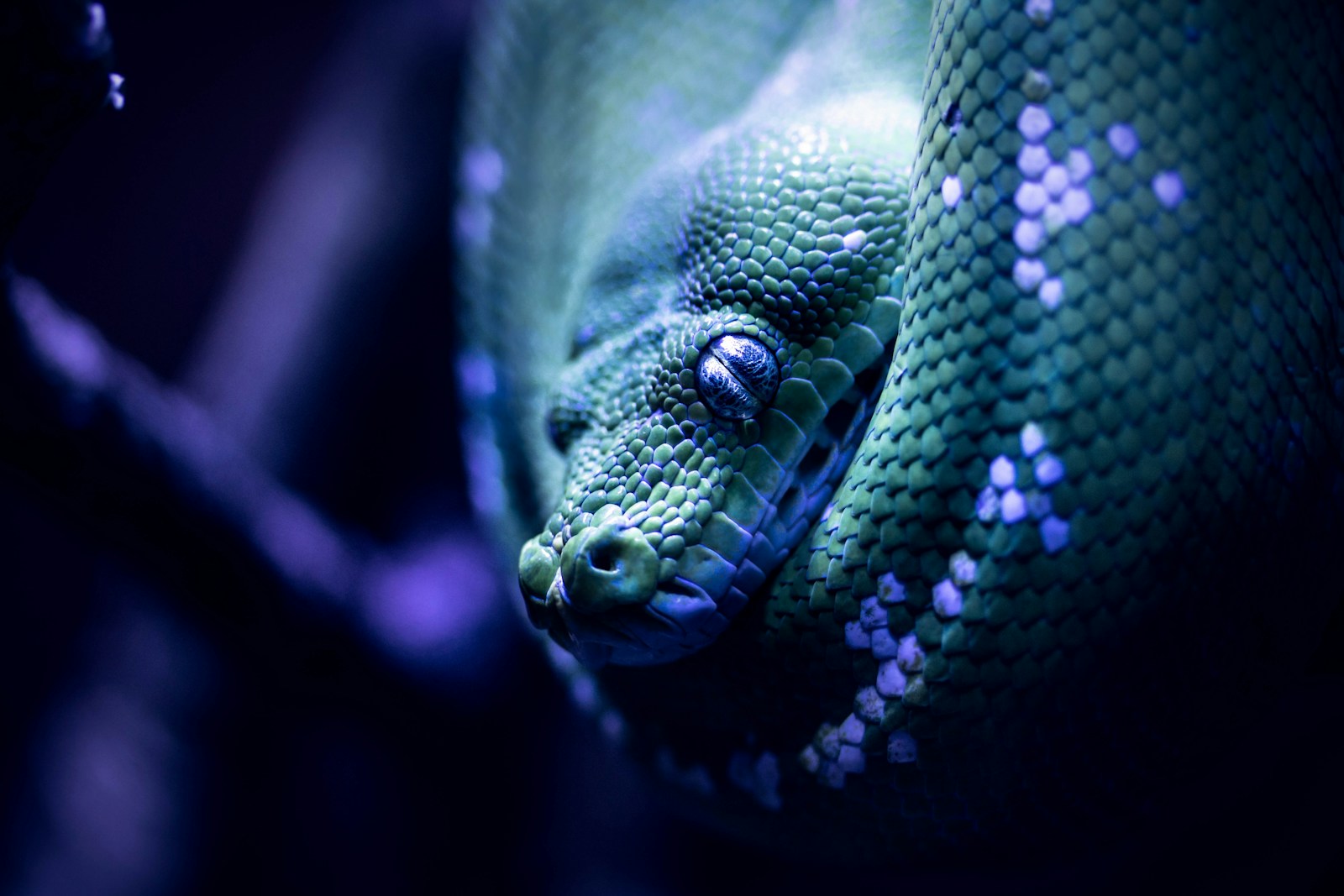Snakes have earned a reputation as some of nature’s most efficient predators, yet pet snake owners frequently face a puzzling and concerning issue: feeding refusals. A snake that won’t eat can trigger significant worry in even experienced keepers. Unlike mammals that might skip a meal due to minor disturbances, a snake’s refusal to eat often signals deeper issues requiring attention. This comprehensive guide explores the various reasons behind feeding strikes—from natural biological cycles to serious health concerns—and offers practical solutions to help your serpent companion regain its appetite. Understanding these patterns not only alleviates immediate concerns but also strengthens the bond between you and your reptilian pet through improved husbandry practices.
The Natural Fasting Periods in Snakes
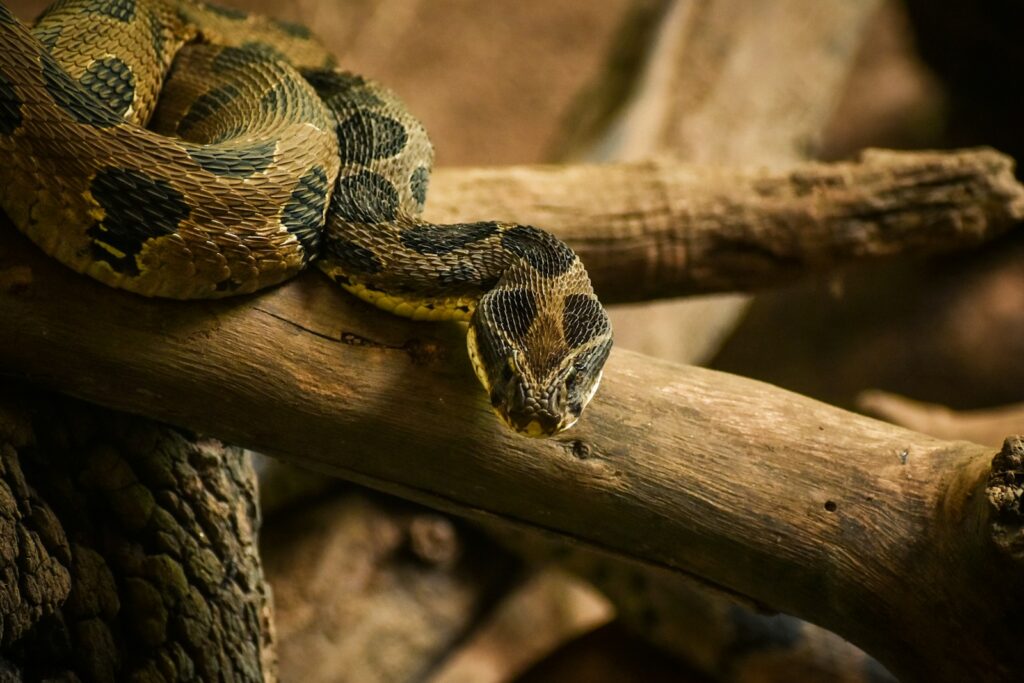
Many snake species naturally undergo periods of fasting that can alarm uninformed owners but are perfectly normal biological processes. Ball pythons, for instance, may refuse food for several months during their breeding season, with males sometimes fasting for 3-5 months while focusing on reproductive behaviors rather than feeding. Seasonal changes trigger these responses, with many species reducing food intake during winter months even in captivity, responding to subtle environmental cues like changes in daylight hours or slight temperature drops. Wild snakes commonly fast before and during shedding, hibernation/brumation, mating season, and after consuming large meals—a natural rhythm that captive specimens maintain. First-time snake owners should research their specific species’ natural feeding patterns before assuming a feeding strike indicates a health emergency, as understanding these biological rhythms provides valuable context for normal behavior.
Environmental Stress Factors
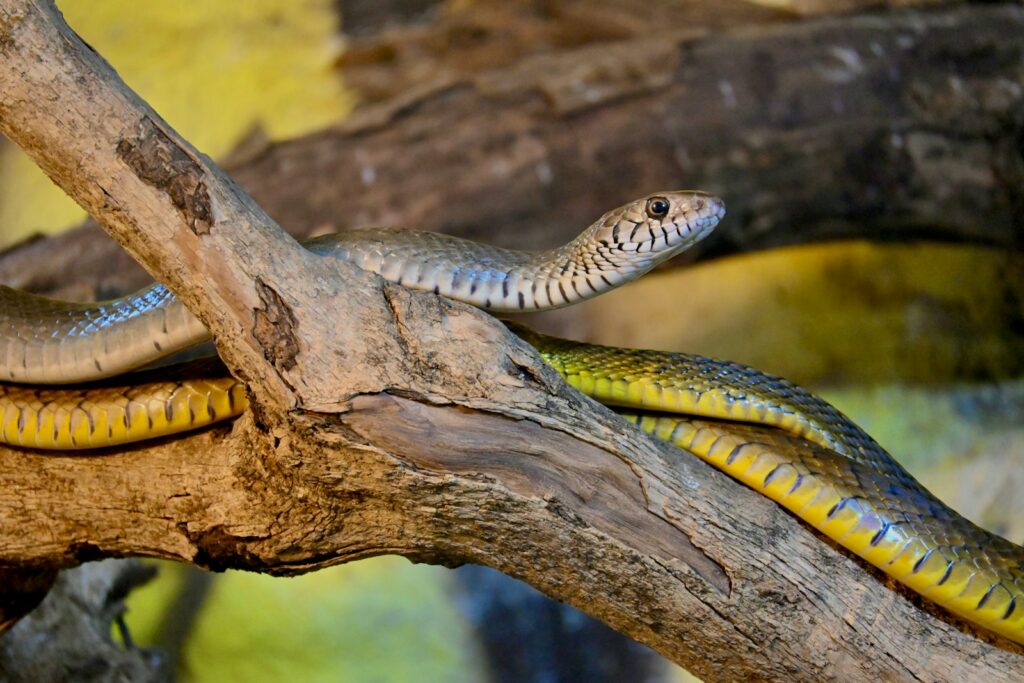
Environmental stressors rank among the most common reasons captive snakes refuse meals, as these sensitive creatures closely monitor their surroundings for safety before feeding. Recent relocation to a new enclosure—whether from a pet store, breeder, or simply a tank upgrade—can trigger feeding strikes lasting weeks while the snake acclimates to unfamiliar territory. Excessive handling, particularly before meal offerings, often results in rejection as the snake prioritizes vigilance over feeding when it perceives potential threats. Inappropriate temperature gradients represent another critical factor, as most snake species require specific temperature zones to properly digest food—without the correct warm spots, they instinctively avoid eating what they cannot properly process. Noise pollution from nearby televisions, stereos, or household activity can similarly disrupt the secure feeling necessary for feeding, as snakes evolved to be highly sensitive to vibrations that might signal predator approach.
Inadequate Habitat Conditions

Proper habitat setup directly influences a snake’s willingness to feed, with several key factors requiring careful attention from owners. Incorrect humidity levels can dramatically impact feeding behavior, with species like emerald tree boas requiring high humidity (70-90%) while others such as rosy boas thrive in much drier conditions—mismatched humidity often leads to feeding refusals and health complications. Enclosure size plays a significant role, as tanks that are too small create stress while excessively large habitats can make snakes feel exposed and vulnerable, causing them to prioritize security over feeding. Insufficient hiding spots represent another critical oversight, as snakes naturally seek secure, dark retreats—experts recommend providing at least two hides per enclosure (one on the warm side and one on the cool side) to create the security necessary for normal feeding behaviors. Substrate choice further impacts feeding willingness, with inappropriate materials potentially causing irritation or impaction risks—naturalistic substrates appropriate to the species usually encourage more natural behaviors including feeding responses.
Shedding Cycles and Feeding Refusals
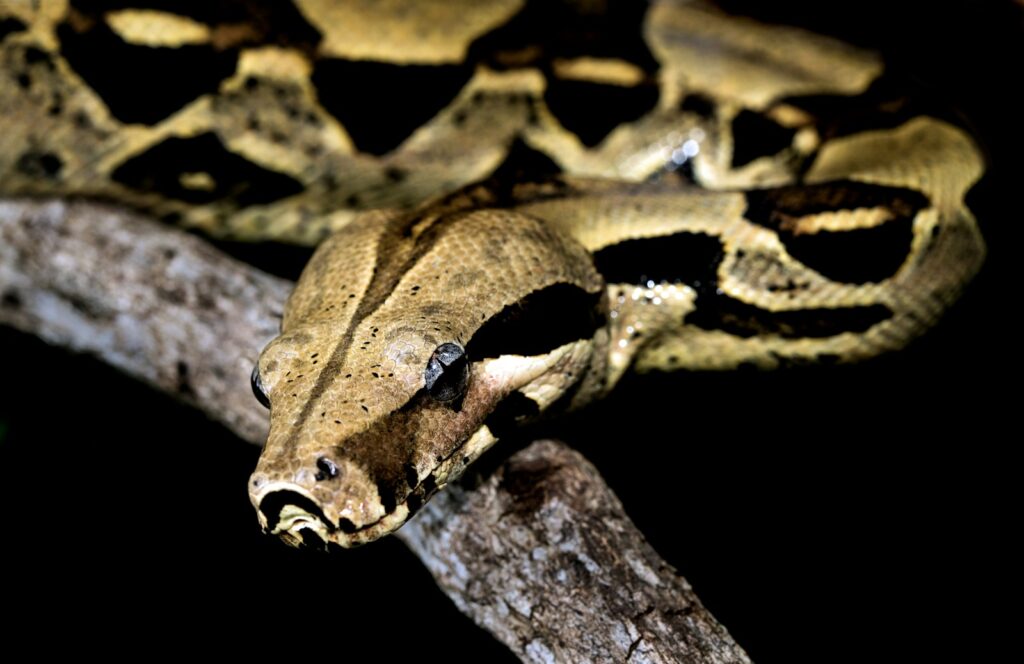
The shedding process significantly affects a snake’s feeding pattern, with most species completely losing interest in food during this vulnerable period. Pre-shed indicators typically appear 1-2 weeks before actual shedding, including dulling skin color, bluish eye opacity (known as “blue phase” or being “in blue”), and increasingly reclusive behavior as the snake prepares for this energy-intensive process. During the active shedding phase, the snake’s vision becomes temporarily compromised due to the old eye caps loosening, making them feel especially vulnerable to predation and consequently reluctant to focus on hunting or feeding activities. Attempting to force-feed during this period creates unnecessary stress and risk of regurgitation—instead, owners should simply note the shed cycle and resume feeding attempts several days after the snake has completely shed its old skin. After a successful shed, most healthy snakes demonstrate increased appetite and hunting behavior, making this an optimal time to offer appropriately sized prey items.
Prey Presentation Problems
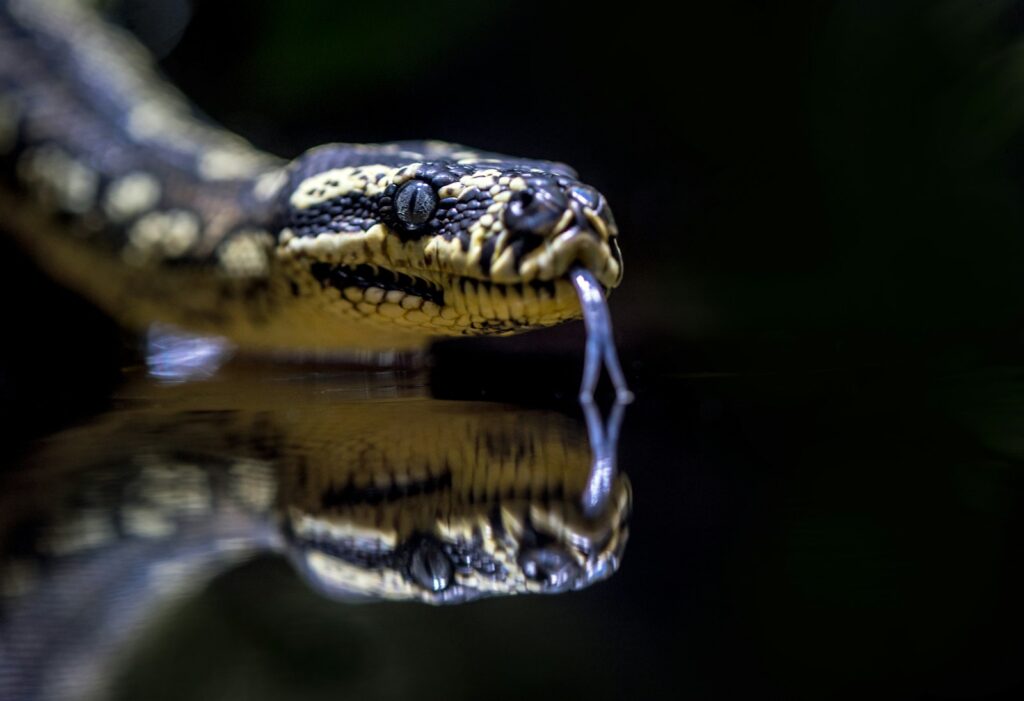
The manner in which prey is offered can dramatically influence feeding success, with seemingly minor details making the difference between acceptance and rejection. Individual snakes often develop strong preferences for specific prey characteristics—some might only take white mice while refusing brown ones, or may only accept prey of certain size ranges relative to their own body width. Temperature of pre-killed prey significantly impacts feeding response, as snakes use heat-sensing abilities (particularly pit vipers) to locate prey—offering items at room temperature often fails while warming them to approximately 98-100°F (37-38°C) can trigger immediate feeding responses. Movement stimulation techniques prove essential for snakes accustomed to hunting live prey, with gentle twitching motions using feeding tongs often triggering the predatory response in snakes transitioning to pre-killed items. Feed timing considerations matter substantially, as many species are crepuscular or nocturnal hunters—offering food during their natural active periods (typically evening hours) substantially increases acceptance rates compared to daytime feeding attempts.
Health Issues Behind Feeding Refusals
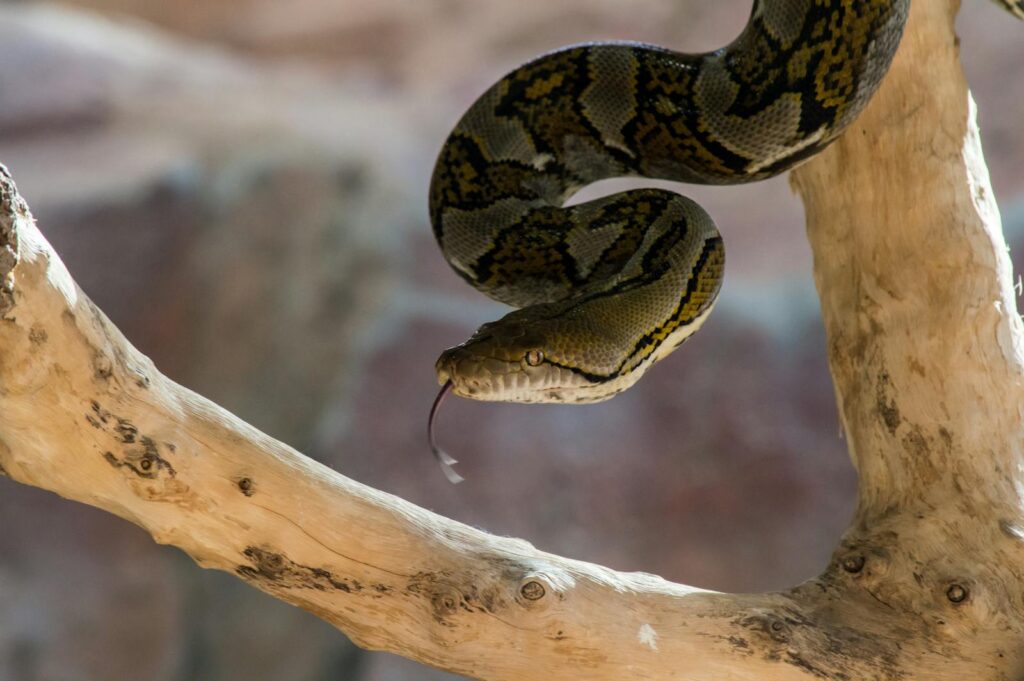
Persistent feeding refusals often signal underlying health conditions requiring veterinary attention, particularly when accompanied by additional symptoms. Respiratory infections frequently cause feeding strikes, with symptoms including excessive mucus around the mouth, wheezing, open-mouth breathing, or unusual posturing with the head elevated—these infections typically require antibiotic treatment prescribed by a reptile-experienced veterinarian. Parasite infestations represent another common health barrier to normal feeding, with both internal parasites (roundworms, tapeworms) and external parasites (mites, ticks) causing significant discomfort and appetite suppression—regular fecal examinations help detect these issues before they become severe. Mouth rot (infectious stomatitis) creates painful inflammation that makes striking and swallowing extremely uncomfortable, presenting as redness, swelling, or cheesy discharge around the mouth tissues. Impaction from inappropriate substrate ingestion or oversized prey can block the digestive tract, creating a life-threatening condition where the snake physically cannot accept more food—symptoms include unusual firmness in the mid-body, constipation, and regurgitation attempts.
Breeding Season Behaviors

Reproductive cycles trigger predictable feeding changes in mature snakes, with dramatic differences between male and female behavioral patterns. Male snakes often completely cease feeding during breeding season as they prioritize searching for mates, sometimes refusing food for months while maintaining restless activity and frequent escape attempts—this represents normal biology rather than cause for alarm. Female snakes display more complex feeding patterns during reproductive cycles, sometimes feeding heavily before ovulation to build energy reserves, then refusing food entirely while developing eggs or embryos as internal space becomes limited by the reproductive load. Post-breeding females typically resume aggressive feeding to replenish depleted energy stores, while males may take longer to return to normal feeding schedules after the hormonal breeding drive subsides. Owners should record these cycles to establish patterns, as most snakes demonstrate remarkable consistency in their seasonal breeding behaviors and associated feeding changes from year to year.
Seasonal Fasting and Brumation
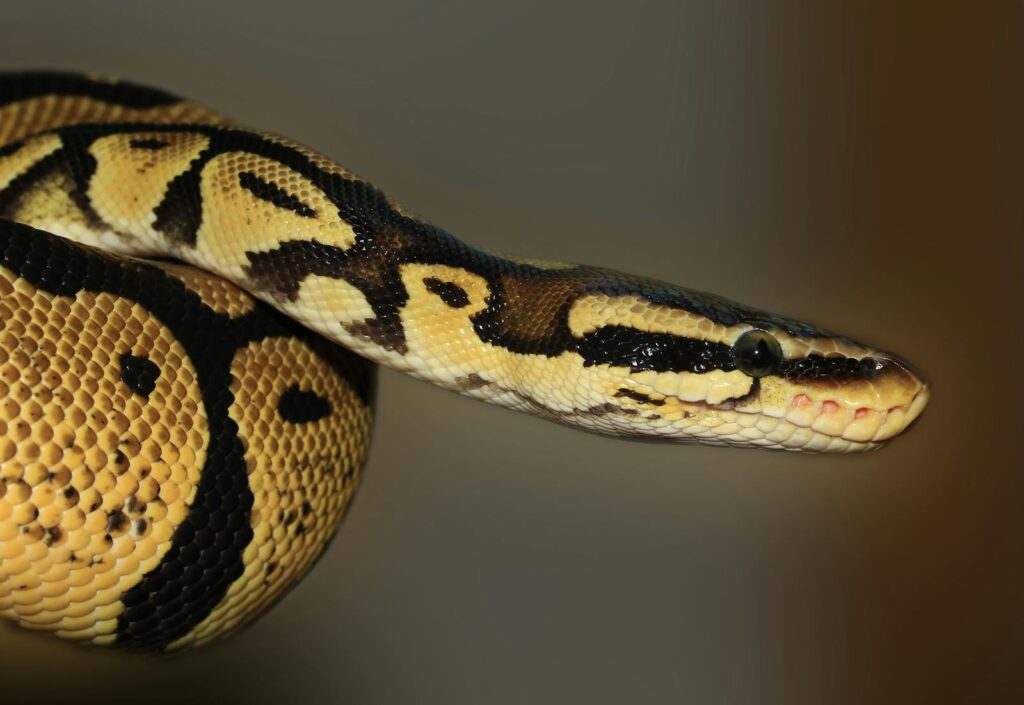
Many temperate-zone snake species exhibit seasonal fasting patterns linked to their natural brumation cycles, creating predictable annual feeding fluctuations. Brumation represents a reptile-specific dormancy period similar to hibernation, typically triggered by shorter daylight hours and temperature drops, during which the snake’s metabolism dramatically slows and feeding naturally ceases. Captive snakes often detect these seasonal changes despite controlled environments, responding to subtle cues like natural light through windows or minor temperature fluctuations in the home environment. Winter fasting periods commonly extend from 2-5 months depending on species, with northern-range species like bull snakes and timber rattlesnakes exhibiting longer brumation periods than tropical species like ball pythons, which may show only minimal seasonal changes. Attempting to force-feed during natural brumation periods can cause significant health issues including regurgitation and secondary infections, as the digestive system isn’t physiologically prepared for processing food during this dormant phase.
Age-Related Feeding Peculiarities

A snake’s age significantly influences feeding patterns, with each life stage presenting unique considerations for appropriate husbandry. Hatchling and juvenile snakes typically require more frequent feeding than adults (often weekly offerings) while demonstrating more erratic feeding responses—they may strike enthusiastically one week but become extremely shy feeders the next as they develop hunting behaviors. Subadult snakes generally establish more predictable feeding patterns while still requiring proportionally more food relative to body weight than mature specimens, reflecting their continued growth requirements. Adult snakes typically settle into species-specific feeding rhythms, often transitioning to less frequent but larger meals—many adult ball pythons comfortably maintain health with feedings every 2-3 weeks rather than weekly. Geriatric specimens frequently demonstrate gradually decreasing appetite as metabolism naturally slows with age, with many species showing reduced feeding frequency but continued interest in appropriately sized prey—this represents normal aging rather than pathology provided body condition remains appropriate.
Stress From Improper Handling

Handling practices significantly impact feeding willingness, with inappropriate interactions often creating extended feeding strikes. The crucial post-feeding handling restriction (48-72 hours minimum) prevents regurgitation caused by disrupting the digestive process—snakes that experience regurgitation frequently develop feeding aversions that can persist for months. Pre-feeding handling similarly creates issues, as even gentle interaction within 24 hours before offering food can trigger defensive rather than feeding responses—many successful keepers establish a strict no-handling policy on designated feeding days. Excessive handling duration stresses most snake species, with recommended interaction periods limited to 15-20 minutes for most specimens, particularly those still establishing feeding patterns. Improper support techniques create physical discomfort and stress that translate directly to feeding refusals—proper handling requires supporting the snake’s body weight throughout its length rather than allowing portions to dangle unsupported, which creates muscle strain and insecurity.
Successful Feeding Transition Techniques
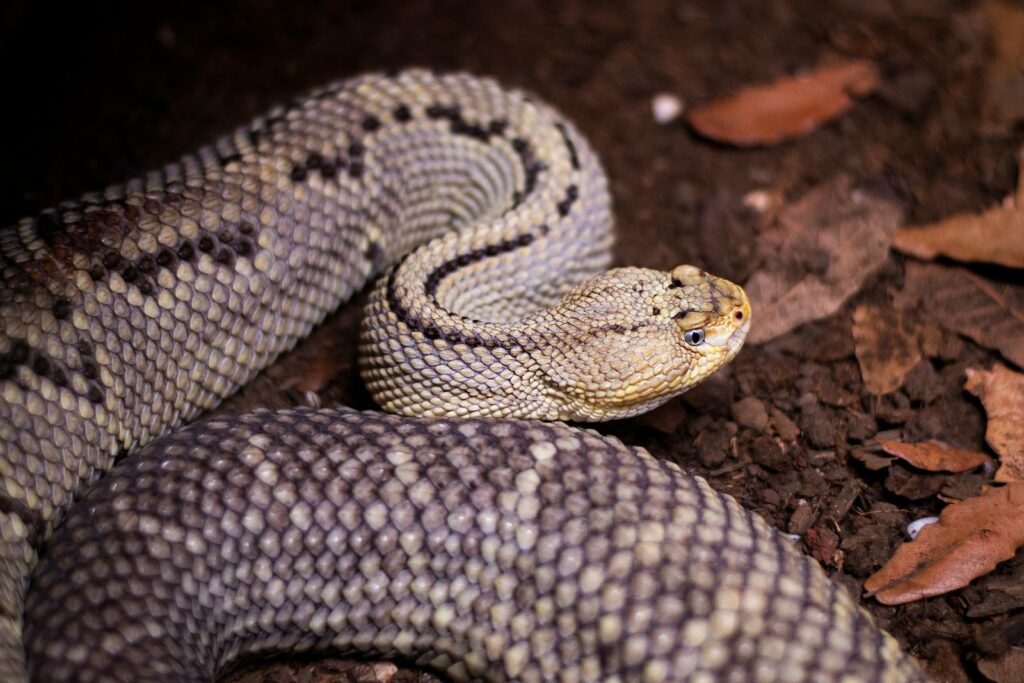
Successfully transitioning reluctant feeders often requires creative approaches tailored to the individual snake’s preferences and natural feeding behaviors. The brain-scenting method proves highly effective for picky eaters, involving rubbing prey items with brain matter from the preferred prey species to create a stronger feeding stimulus—this technique successfully converts many difficult feeders, particularly specialized feeders like hognose snakes. Prey-type switching requires gradual transitions rather than abrupt changes, with effective techniques including scenting the new prey type with the previous preferred item (such as rubbing a rat with mouse scent) or using split-prey presentations that incorporate both familiar and new food items. Small-enclosure feeding techniques leverage the snake’s natural security requirements by temporarily transferring reluctant feeders to appropriately sized, opaque containers for feeding—this creates a secure environment without visual exposure that often triggers feeding responses in shy species. Location imprinting considerations matter significantly, as snakes develop strong associations with successful feeding locations—consistently offering food in the same specific location within the enclosure (or separate feeding container) helps establish reliable feeding patterns.
When to Seek Veterinary Care
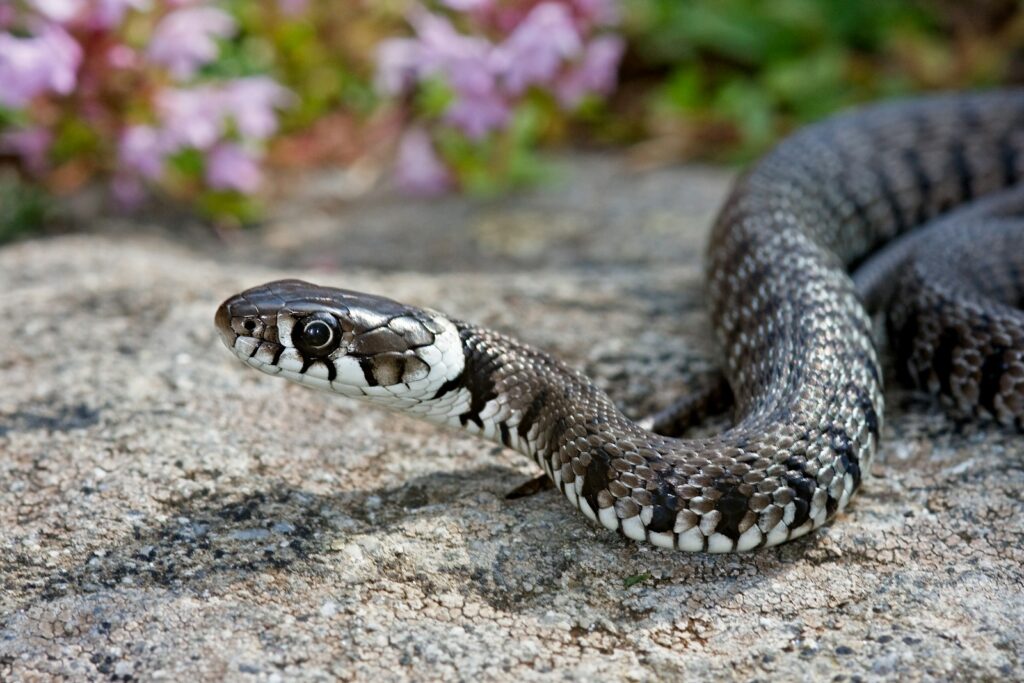
While many feeding refusals resolve naturally, certain warning signs necessitate immediate professional intervention from a reptile-experienced veterinarian. Significant weight loss exceeding 10% of body weight represents an urgent threshold requiring medical assessment, particularly when accompanied by muscle wasting visible as pronounced spine or hip bones. Behavioral changes beyond simple feeding refusal—including unusual posturing, disordered movement, excessive soaking, or prolonged lethargy—indicate potential serious health complications requiring diagnostic evaluation. Extended fasting beyond species-appropriate timeframes creates concern levels warranting veterinary consultation, with general guidelines suggesting ball pythons fasting beyond 3-4 months (outside breeding season), corn snakes beyond 2-3 months, or any hatchling refusing multiple consecutive feedings should receive professional assessment. Preparatory documentation substantially improves veterinary visits, with detailed records of exact feeding refusal duration, weight monitoring data, temperature/humidity logs, and any additional symptoms providing critical diagnostic information that guides effective treatment approaches.
Preventing Future Feeding Problems
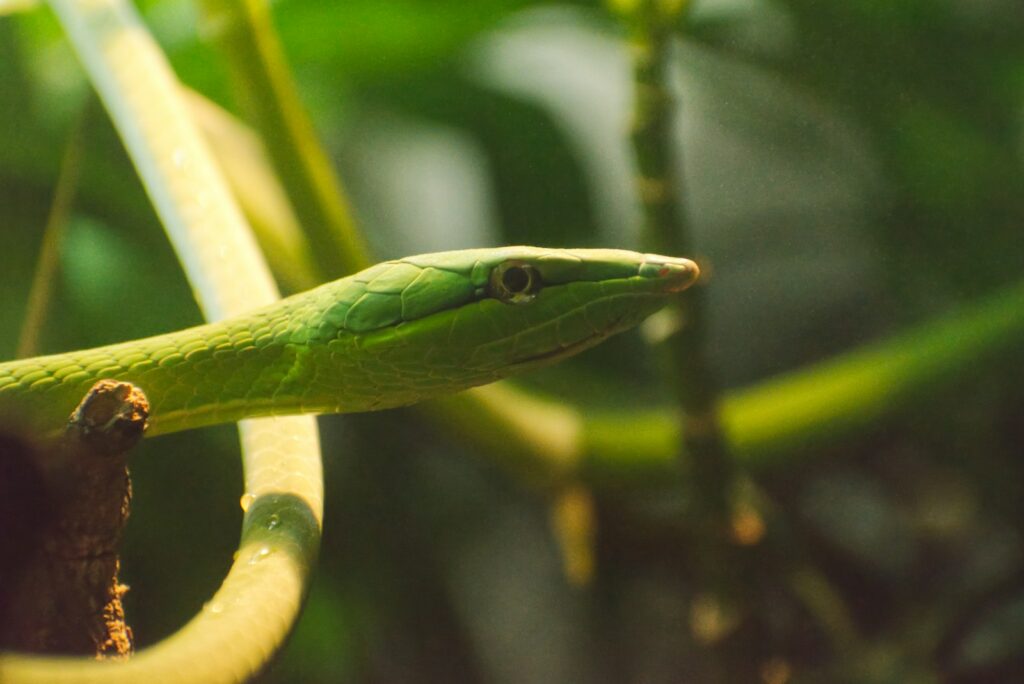
Proactive husbandry practices significantly reduce feeding refusal incidence, creating an environment conducive to consistent feeding success. Establishing strict feeding schedules appropriate to species and age creates predictable patterns that many snakes respond to with improved feeding reliability—consistency in timing, prey type, and presentation methods reduces variables that might otherwise trigger rejection. Regular health monitoring through weighing sessions (ideally biweekly for growing specimens and monthly for adults) provides early detection of subtle changes before significant problems develop—weight loss trends identified early typically respond better to intervention. Environmental stability represents a cornerstone of feeding success, with gradual, intentional adjustments to temperature, humidity, and enclosure furnishings rather than frequent dramatic changes that create perpetual stress cycles. Feeding journals provide invaluable long-term insight, documenting prey size, type, feeding response, environmental conditions, and any notable behaviors—these records often reveal patterns connecting successful feedings with specific conditions that can be strategically reproduced.
The journey to understanding and resolving a snake’s feeding refusal often requires patience, observation, and methodical adjustments rather than quick fixes. By recognizing the complex interplay between environmental conditions, biological cycles, and individual preferences, owners can develop effective strategies tailored to their specific snake’s needs. Most feeding issues prove resolvable through appropriate husbandry adjustments, while persistent problems benefit from professional veterinary guidance. Remember that each feeding refusal represents an opportunity to better understand your serpentine companion’s unique requirements, ultimately strengthening the keeper-reptile relationship through improved care practices. With proper attention to the factors outlined in this guide, most snakes return to regular feeding patterns, providing years of fascinating companionship and the satisfaction of successfully meeting the specialized needs of these remarkable reptiles.

